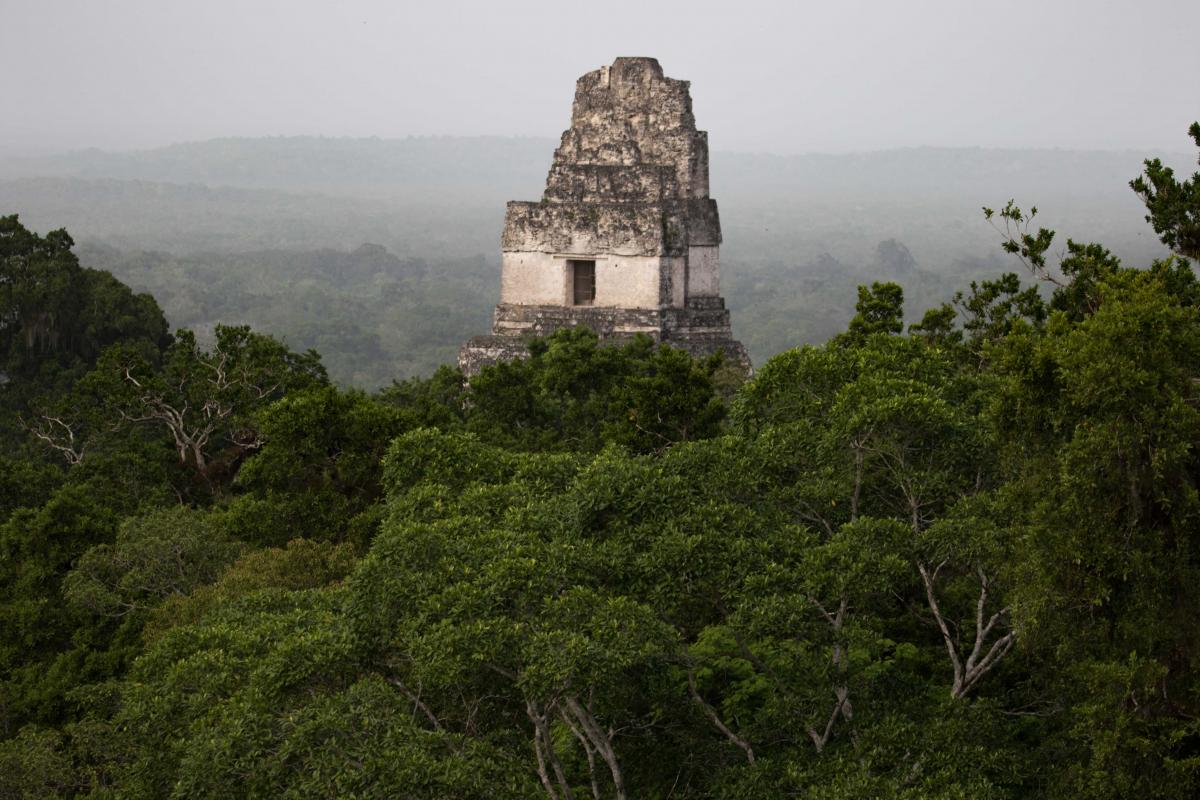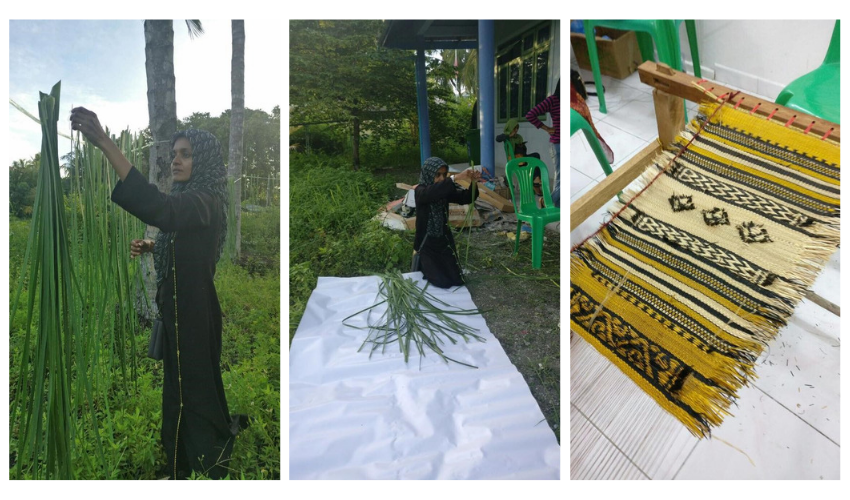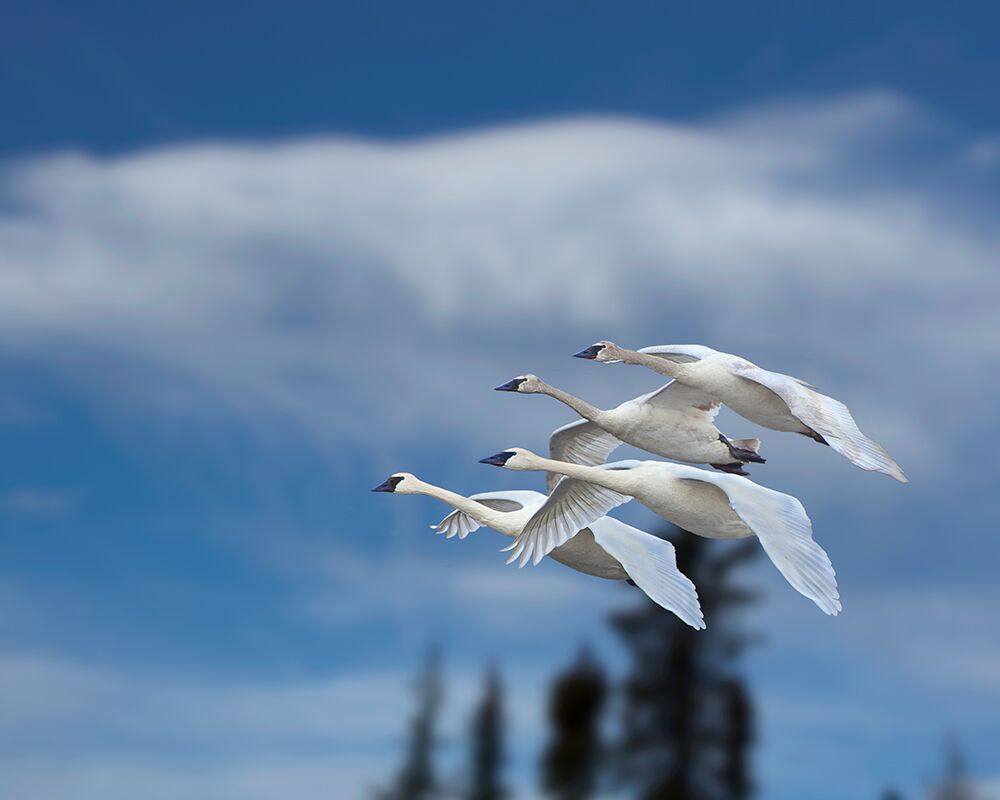IMPAC4: bringing people and the ocean together
The Fourth International Marine Protected Areas Congress (IMPAC4) in Chile brought together more than 1,000 participants from 80 countries around the world. The congress theme was “Marine Protected Areas: Bringing people and the ocean together,” focusing on the need to highlight the intricate nature of the ocean-human relationship and the benefits of Marine Protected Areas (MPAs) and the global ocean for millions that depend on their ecosystem services.
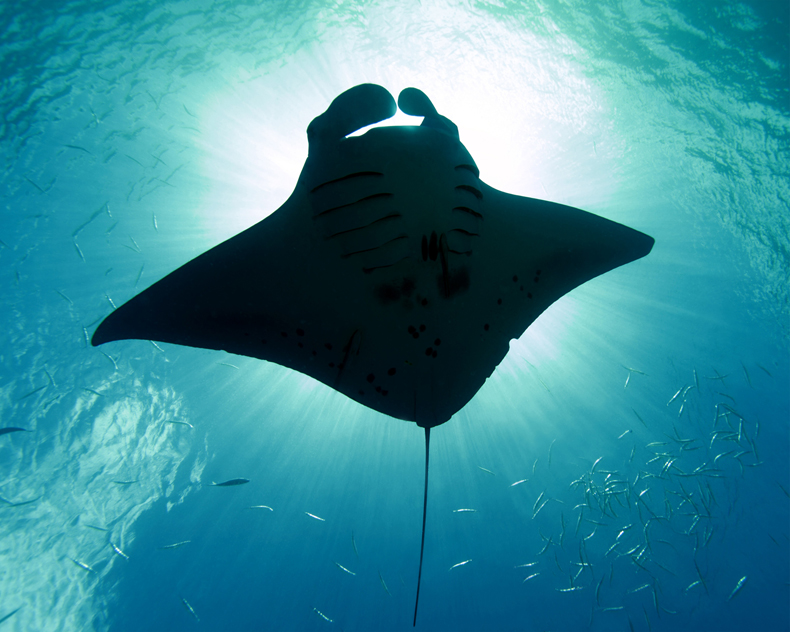
Photo: Mandy Etpison
After an intense week of events, presentation, discussions and exchanges, a ‘high-level meeting’ in Viña del Mar concluded with a call for action.
United by the conviction that MPAs are effective conservation tools to preserve marine ecosystems and sustain the economies and local communities that are linked to their resources, the high-level authorities and other governmental, international, non-governmental, and community representatives affirm their strong commitment to protect the world’s ocean:
- Calling on all nations to take every possible action to reach Sustainable Development Goal 14;
- Encourage nations to consider the creation of well-managed MPAs as part of a possible future instrument for the conservation and sustainable use of marine biological diversity of areas beyond national jurisdiction;
- Encourage funding organisations and governments to promote and support effective governance and management;
- Calling on national governments and regional and international bodies to integrate climate change mitigation and adaptation planning into MPA strategies and policies;
- Calling on all nations and marine conservation-related organizations to promote ocean literacy and strengthen the protection of marine areas of outstanding universal value, and propose new marine world heritage sites;
- Call for the use of inclusive processes and bottom-up approaches for creating and managing MPAs, stressing the importance of engaging people at all levels, especially key stakeholders such as Indigenous Peoples, youth, women, local communities, and the wider public.
MPAs are scaling up
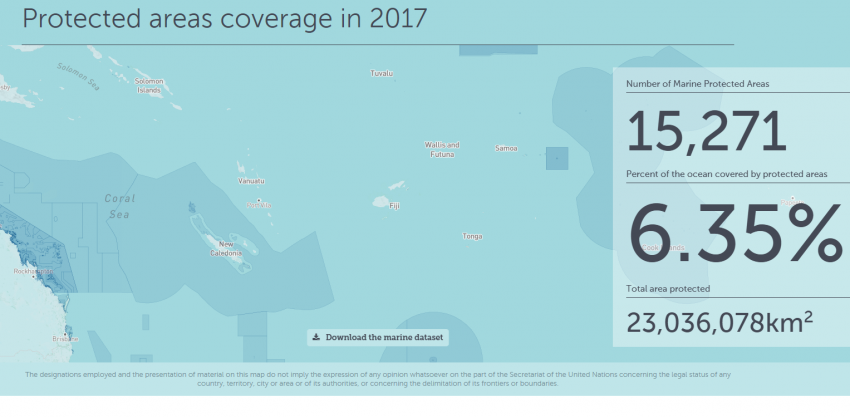 Photo: WCMC
Photo: WCMC
Setting the right tone at the start of congress, Chile announced the establishment of three new MPAs: the Rapa Nui (Easter Island) Rahui Marine Protected Area of 740,000km2, the Marine Park Cabo de Hornos e Islas Diego Ramírez of 100,000km2, and the expansion of the Juan Fernández MPA to a total of 450,000km2.
With these new declarations, Chile has made a huge step forward in marine conservation. With more than 1,000,000km2 of marine protected areas, the country is meeting the challenge of managing and governing these vast expanses of coastline and seas.
Reflecting on the event, Dan Laffoley, Marine Vice Chair for WCPA said: “We need to make progress towards the Aichi Target 11 goal of 10% MPA coverage by 2020, but this is not enough. Sylvia Earle reminded us that the IUCN World Conservation Congress 2016 passed a resolution calling for at least 30% coverage by 2030. Whatever the number, we know we need to do more. The IUCN WCPA has a key role to play in ensuring countries understand what MPAs are and what activities are or are not compatible. We are also moving from a focus on sites, to a focus on networks. We know that MPAs must be connected to each other, to other area-based measures, and to the high seas.”
Referring to the inherent link between people and the ocean, Luz Angarita of Parques Nacionales Naturales de Colombia commented that “MPAs and communities are like married partners – together forever.” Mike Wong, IUCN WCPA regional Vice Chair for North America, said it's not possible to look to the future without looking back. “One of the lessons learned is the clear message we heard this week: that we have focused on the goals but have lost focus on quality. It is not only about achieving that goal, but also about issues such as ecological representativeness, connectivity, among others. It’s about wise management. A long-term success requires the awareness of stakeholders, especially youth," Wong said.
Celebrating success
Keobel Sakuma, representing the partners and team who developed and established the Palau National Marine Sanctuary Act, making up 100% of Palau’s national marine area, was awarded the Kenton Miller Award for Innovation in Protected Area Management. His achievement is celebrated in recognition of Palau’s major innovation and contribution to marine conservation in the establishment and management of the world’s 6th largest Marine Protected Area (MPA), a major achievement for a small island state, and a great example to the world.
The IUCN Green List of Protected and Conserved Areas is already implemented in many countries for both terrestrial and marine protected areas as a powerful new tool for promoting stronger management and effective governance. There is a growing awareness of the IUCN Green List amongst the marine conservation community.
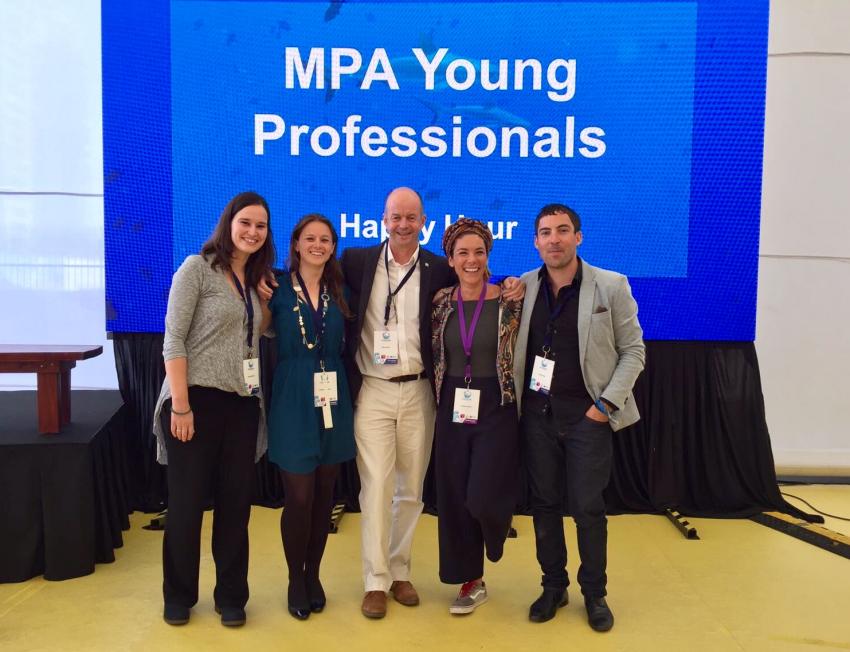 Photo: Marie Fischborn/IUCN
Photo: Marie Fischborn/IUCN
“We had a lot of interest at the Green List booth in the pavilion from managers and policy makers to scientists who could see the possibilities of using the IUCN Green List to enhance protection of the marine environment. The challenge now is to build our capacity to respond to this interest and scale up work on the Green List” says Marc Hockings, IUCN WCPA Vice Chair for the IUCN Green List Specialist Group.
The Blue Solutions Initiative proudly presented the inspiring work of two solution providers, including the Palau National Marine Sanctuary, on the PANORAMA of Solutions for a Healthy Planet.
The Joint Research Centre (JRC) of the European Commission highlighted the important role of web tools for data and information management, as well as the need for them to be translated into knowledge that’s easy to visualise for the planning and decision making processes for supporting marine conservation issues. The BIOPAMA Programme is providing access to these important web tools.
At the end of the conference, it was announced that IMPAC5 will be in Vancouver Canada in 2021.
The 4th International Marine Protected Area Congress took place from September 4th to 8th in La Serena-Coquimbo, Chile. During the event, over 1,000 marine conservation professionals and practitioners from all around the world met, exchanged and discussed marine protected areas issues including governance, efficiency, finance and their surface area expansion. With a strong emphasis on people, this event built upon the 2016 Hawai‘i Commitments and called to step up ocean conservation and MPA coverage, through increased partnerships and action. Now is the time to act.
Publications
- Big Ocean in partnership with the IUCN WCPA Large-Scale MPA Task Force is pleased to announce the launch of Large-Scale Marine Protected Areas: Guidelines for design and management, Best Practice Protected Area Guidelines Series, No. 26. The publication will be available shortly on the IUCN library portal.
- An introduction to ‘other effective area-based conservation measures’ under Aichi Target 11 of the Convention on Biological Diversity: Origin, interpretation and emerging ocean issues, by Dan Laffoley, Nigel Dudley, Harry Jonas, David MacKinnon, Kathy MacKinnon, Marc Hockings, and Stephen Woodley. Aquatic Conservation, September 2017
- Aquatic Conservation (Special Issue), The MPA Legacy from the 2016 Hawai'i World Conservation Congress, September 2017
- IMPAC 4 ends with a Call for Action for the Oceans by Chile, September 2017
